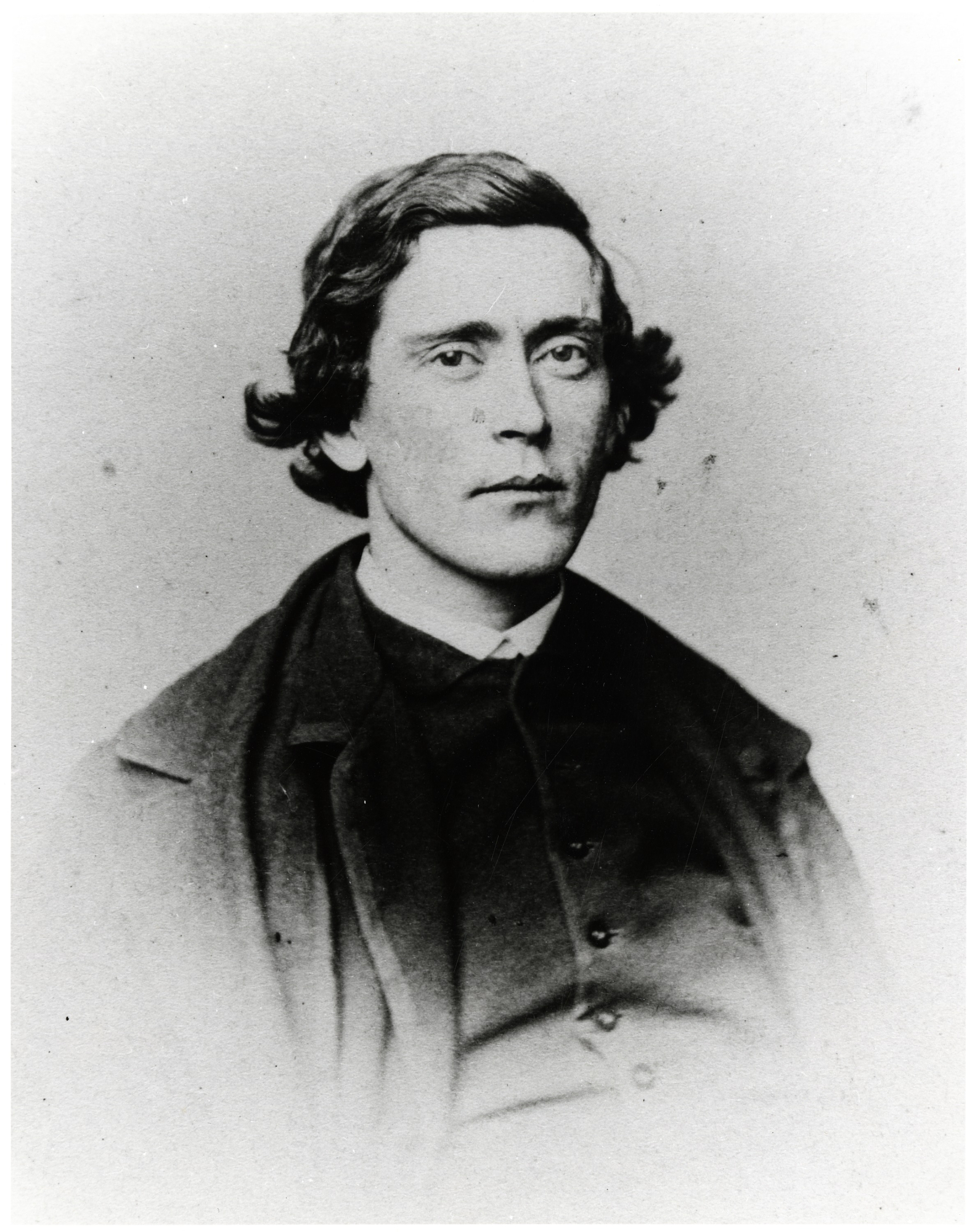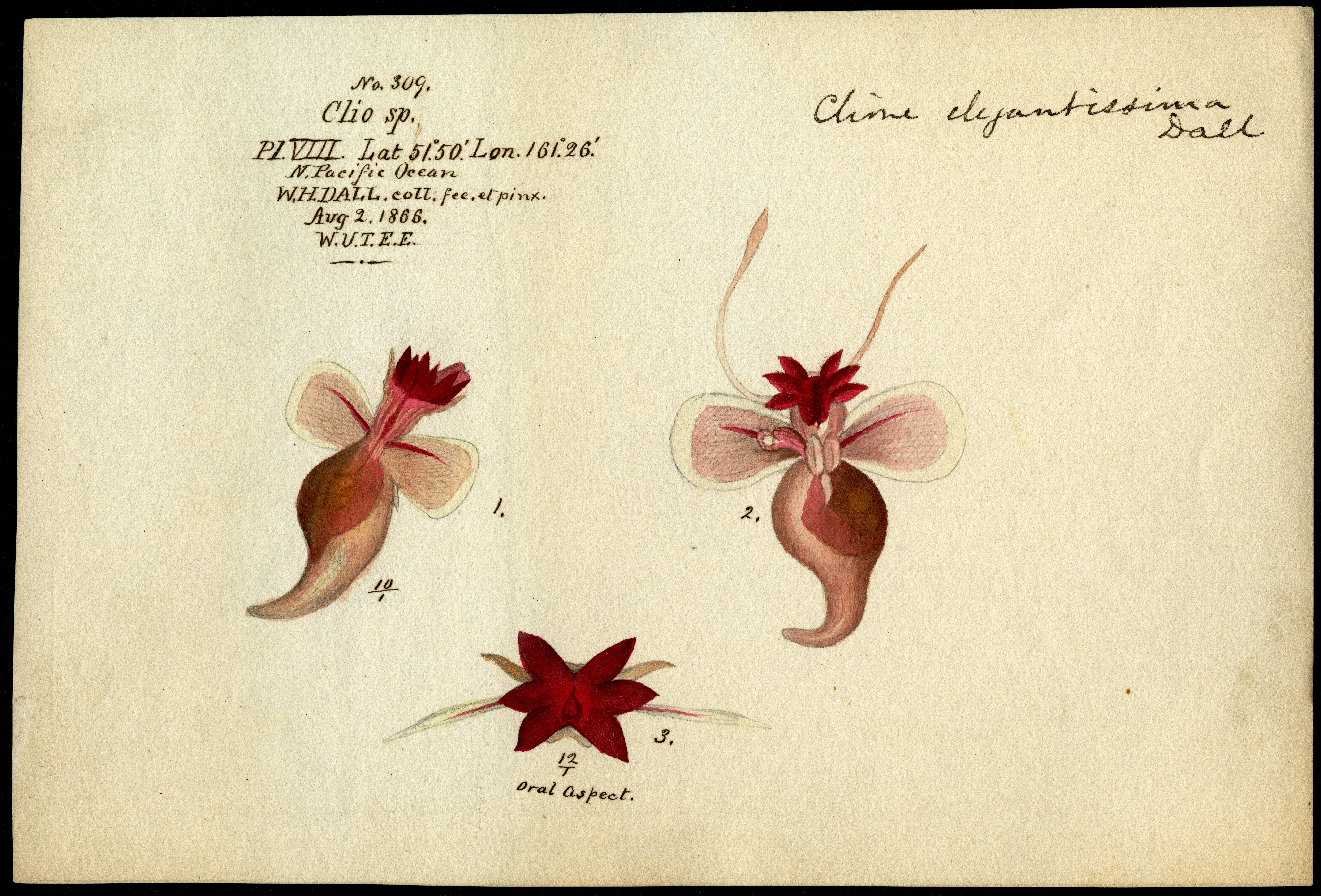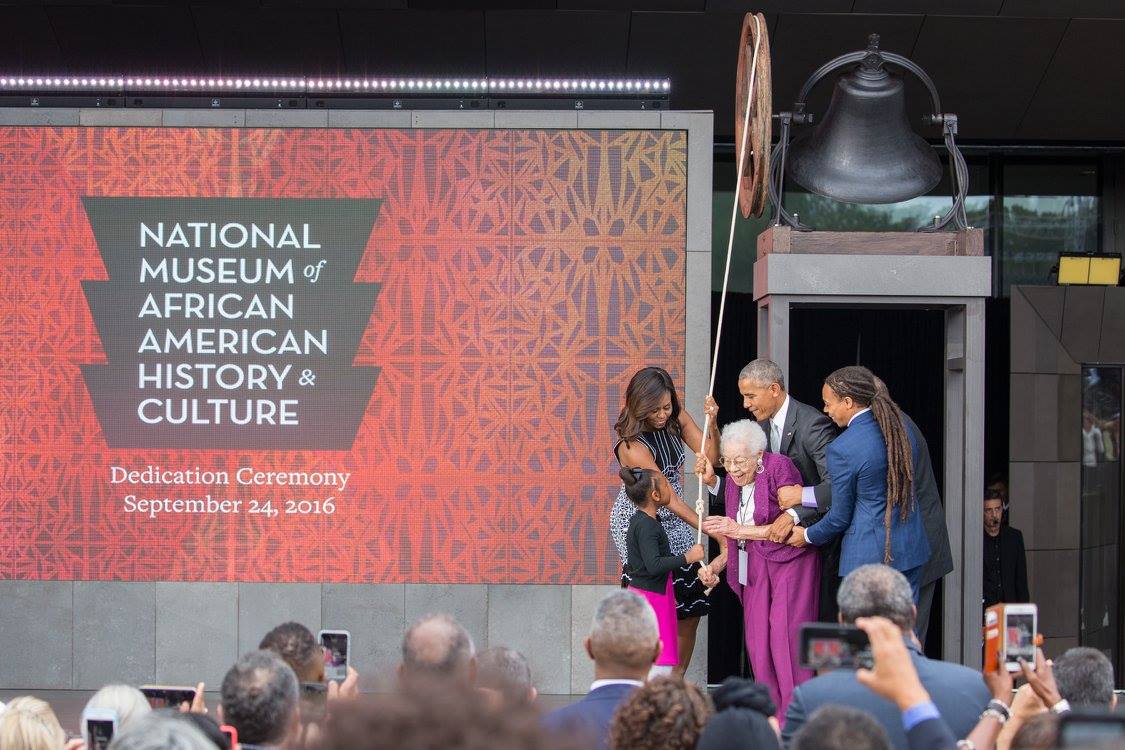Results for "Western Union Telegraph Expedition (1865-1867)"

Robert Kennicott and the Western Union Telegraph Expedition
- Date: September 21, 2017
- Creator: Kira M. Sobers
- Description: [edan-image:id=siris_sic_14715,size=250,left] By now you have probably heard of Robert Kennicott, either because of his involvement with the Megatherium Club, or because of the article and blog post on his death that was published last year. I, however, tend to associate him with the Western Union Telegraph Expedition, a collecting mission to Alaska that proved to be his last.
- Blog Post
Collection Highlights: New Additions to the Archives’ Website
- Date: January 18, 2018
- Creator: Tammy L. Peters
- Description: The Smithsonian Institution Archives continually strives to add more collections to its website. This is a periodic post highlighting new acquisitions and individual collection items.New Finding Aids Online: A group of collections documenting the field work of scientists who worked at the Smithsonian’s National Museum of Natural History, Department of Invertebrate Zoology:
- Blog Post
A Ghost in the Archives: Robert Kennicott
- Date: October 27, 2016
- Creator: Tammy L. Peters
- Description: A spooky coincidence leads to a forgotten Robert Kennicott document in the Smithsonian Archives.

William H. Dall: He had Malacology Down to an Art
- Date: August 16, 2012
- Description: Explorer, Biologist, and former Smithsonian employee, William Healey Dall, also had artistic talent.

Increasing Access: The Smithsonian Transcription Center
- Date: August 28, 2014
- Description: How the projects are selected for inclusion in the Smithsonian Transcription Center and how the digital volunteers who contribute their work help make collections accessible.

Rolling Up Our Cardigans with Record Unit 95
- Date: June 4, 2019
- Creator: Emily Niekrasz
- Description: Thanks to a generous grant from the Smithsonian Women’s Committee, the Archives will digitize, catalog, and make available 7,500 historic photographs of the Smithsonian from Record Unit 95.

The Oval Office meets the Castle: Presidents at the Smithsonian
- Date: November 8, 2016
- Creator: Hillary Brady
- Description: The Smithsonian Castle sits just over a mile away from Washington D.C.’s most notable address,1600 Pennsylvania Avenue. We are more than just a short walk away from the White House, however—we are directly tied to it and its occupants. Not only does the Smithsonian collect the history of United States Presidents (including, yes, Lincoln’s top hat and even the hair of a few

Hot Topix in Archival Research, Winter 2022
- Date: January 12, 2022
- Creator: Deborah Shapiro
- Description: Think your archival research is on hold while our reading room is closed? Think again!
- Blog Post
William Stimpson and the Golden Age of American Natural History
- Date: July 17, 2018
- Description: Ron Vasile teaches AP U.S. History, U.S. History and Anthropology at Lockport Township High School in Lockport, Illinois.We bring to you the story of a dedicated naturalist turned museum pioneer.

Science Service, Up Close: Patent Parades, Silk Purses, and Snake Bite Remedies
- Date: March 30, 2017
- Creator: Marcel Chotkowski LaFollette
- Description: Everyone loves a parade – especially one followed by a banquet. When scientists and politicians met in Washington, D.C., on November 23, 1936, to celebrate the centennial of the U.S. patent system, they listened first to a conventional program of speeches. Then, in the afternoon, Science Service director Watson Davis arranged something different: a “Research Parade” featuring
Scientific Sweethearts: Research Couples in the Archives
- Date: February 11, 2016
- Creator: Hillary Brady
- Description: A look at the life and work of husband and wife Smithsonian scientists researching in the field.

Happy 100th Birthday, S. Dillon Ripley
- Date: September 20, 2013
- Creator: Pamela M. Henson
- Description: Celebrate the life of the eighth Smithsonian Secretary S. Dillon Ripley, who was born on September 20, 1913, 100 years ago today!
